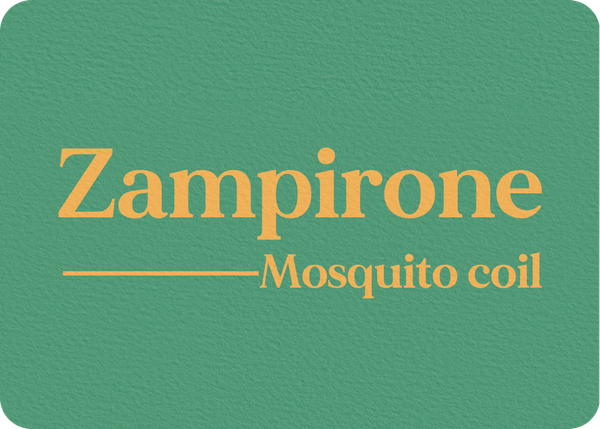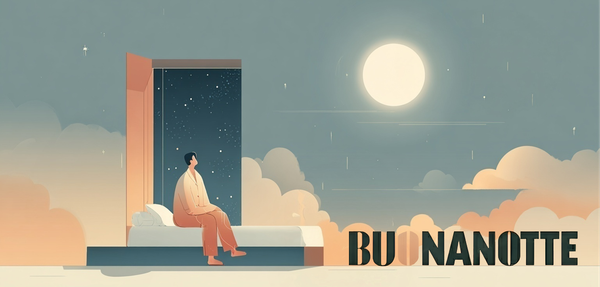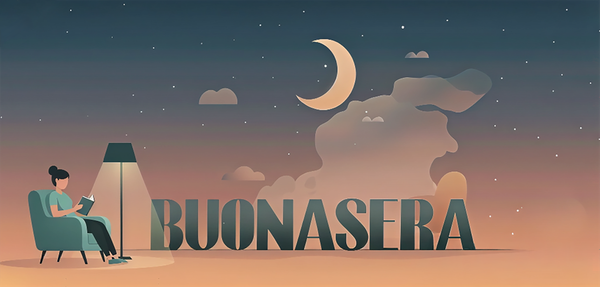Zampirone
NOUN [masculine]
Meaning and English translation 🔖
Mosquito coil
🇬🇧 Small spiral that is burned to repel mosquitoes.
🇮🇹 Piccola spirale che si brucia per allontanare le zanzare.
| Masculine ♂️ | Feminine ♀️ | |
|---|---|---|
| Singular | lo - uno zampirone | - |
| Plural | gli - degli zampironi | - |
Example sentences 💬
Ho acceso uno zampirone sul balcone per tenere lontane le zanzare.
I lit a mosquito coil on the balcony to keep mosquitoes away.
Gli zampironi sono molto utili durante le cene all'aperto in estate.
Mosquito coils are very useful during outdoor dinners in summer.
This article is brought to you by Giulia School, where you can learn Italian the natural way—with real conversations and passionate teachers guiding you every step of the journey. It’s the closest thing to immersion you can get without living in Italy. Click here to learn more.
Where does the word zampirone come from? 🔎
Zampirone comes from the surname Zampironi, the inventor of this object.
Did you know that... 🤓
Impress your italian friends with curious facts about Italy and its culture
An unmistakable smell and an unpronounceable name.
Its scent scent, along with that of citronella, reminds me of my childhood summers.
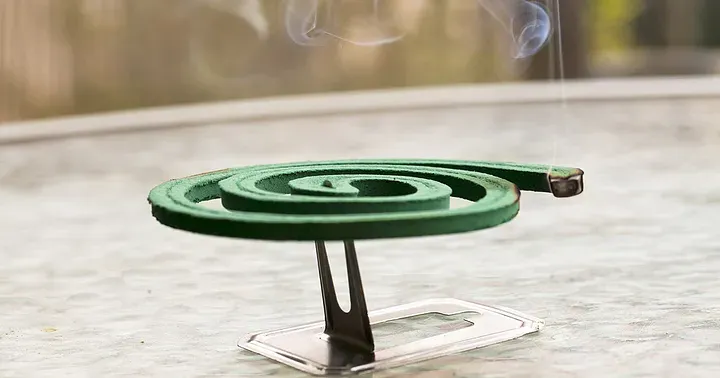
Indeed, the "zampirone" (mosquito coil) is one of Italian summer's most typical and iconic objects. We often use it on terraces and in gardens to keep mosquitoes away. But did you know it's also an Italian invention? I didn't: I just discovered it yesterday while preparing this letter!
It all started in Venice in 1862. A pharmacist named Giovanni Battista Zampironi had two pharmacies in the city. One of these, called "All'Insegna della Fortuna" (Under the Sign of Fortune), was very famous. Can you believe that even Friedrich Nietzsche and Italo Svevo stopped there to buy medicines? Zampironi then opened a laboratory in Mestre, near Venice. Here he created the first mosquito coil.
Zampironi used pyrethrum, a plant that naturally repels insects, to make the mosquito coil. People in Persia and Europe had been using pyrethrum for centuries, but Zampironi had the idea to use it in a new way.
The first mosquito coil wasn't a spiral. It was a cone that burned slowly. Zampironi called it "piroconofobo", which means "cone that scares with fire (mosquitoes)". Zampironi then changed the name to "fidibus insettifughi" (insect-repelling fidibus). This doesn't sound great to our ears either, but in the 19th century, the word "fidibus" was well-known: it referred to a rolled piece of paper used to light pipes and cigars.
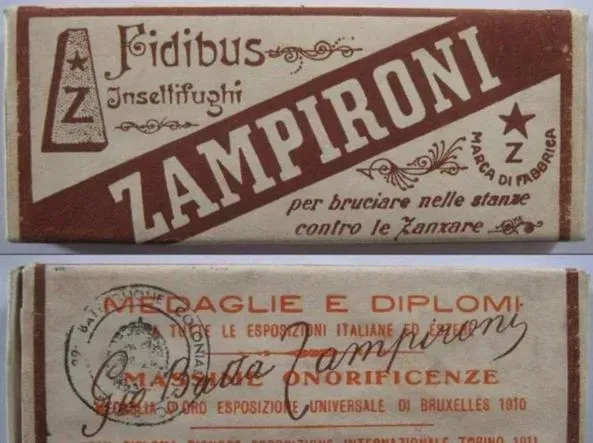
In any case, people started calling it "zampirone" after the name of its inventor - few would have been able to remember and correctly pronounce the other names (I myself wrote, erased, and rewrote "piroconofobo" eight times to get it right).
The spiral shape we know today comes from Japan. Between the late 1800s and early 1900s, a Japanese man named Eiichiro Ueyama was making incense sticks with pyrethrum. His wife Yuki had a brilliant idea: make the mosquito coils in a spiral shape, like a coiled snake. This way, the coil could burn longer. However, this spiral shape only arrived in Italy after World War II.
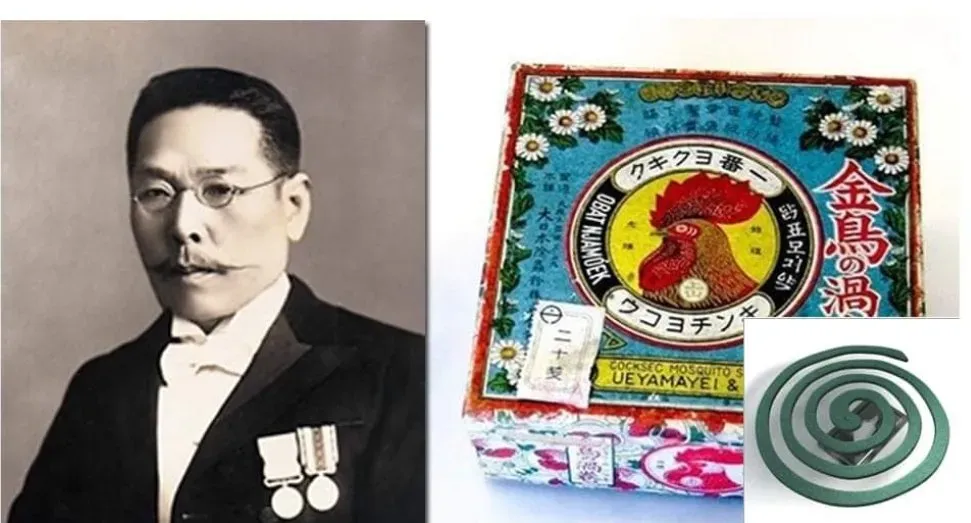
Today, even though the commercial name has changed for marketing reasons, practically all Italians continue to call it "zampirone". It's an object that immediately makes you think of Italian summer, of evenings outdoors with friends.

